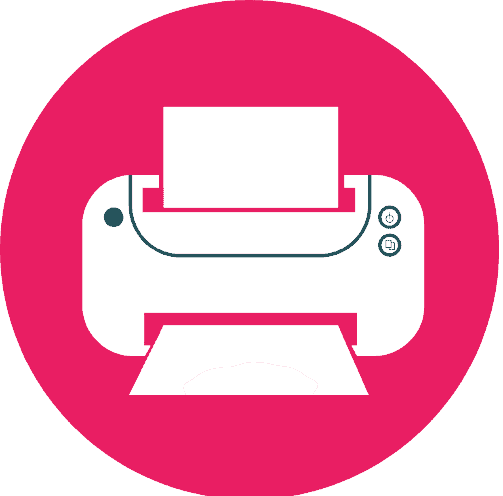Determining the expenses involved in providing your goods or services may be a difficult undertaking when starting a new company. DTF printing is now one of the most popular printing techniques for people wishing to launch a custom garment business. Direct-To-Film printing is a relatively new printing technique that makes it simple to print high-quality, full-color transfers onto clothing. But like with any company, it’s essential to take into account the cost of manufacturing when establishing pricing and figuring out profitability. If you are about to start a new DTF business, you must be curious to know how much does DTF printing cost per shirt. In this blog article, we’ll cover the elements that affect DTF printing prices and provide you a complete analysis. This guide will help you make smart business choices and establish pricing to optimize earnings.
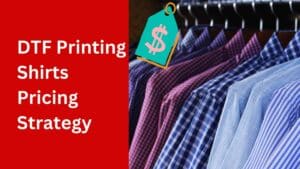
Factors that Affect DTF Printing Costs
Type of Printer Used
The cost of DTF printing can vary greatly depending on the type of printer used. Better-end printers have the ability to create prints of a better quality, but they also cost more money. The price of maintenance, repairs, and replacement components may vary depending on how expensive the printer is. Some people use regular printer for DTF printing, but I don’t recommend that if you are serious in your profession.
Quality of Film and glue
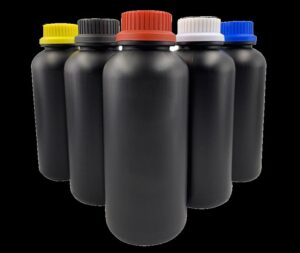
The cost of production is affected by the quality of the film, powder and adhesive you use in DTF printing. You can produce brighter colors and clearer pictures using high-quality films and adhesives, but they are also more costly. Furthermore, the cost rises if the film or adhesive is of low quality. It results in poor transfer quality or unsuccessful transfers.
Material and Color of the Shirt
The type of fabric and color of the shirt can also affect the cost of DTF printing. For instance, printing on dark-colored shirts requires the use of a white base layer, which drives up the cost of manufacturing and the volume of ink required. Similar to this, printing on certain materials, such synthetic fibers, need for specialized films and adhesives, which raise the prices.
Design Complexity and Size
DTF printing costs depend on design complexity and size. Larger and more complex patterns cost more to produce since they use more ink and film and take longer to print and transfer.
Order Quantity
How much does a direct to garment printing cost for one shirt? The cost of DTF printing per shirt depends on the quantity ordered by the client. Larger orders may qualify for bulk discounts, which lower the price per shirt. On the other hand, smaller orders could incur greater per-shirt prices as a consequence of the distribution of setup and material costs across fewer products.
Understanding these elements could help individuals starting a DTF printing firm price their goods and services and establish their profit margins. Companies can produce high-quality goods that are affordably priced and satisfy their clients’ expectations by carefully taking these elements into account.
DTF Printing Cost Breakdown
- Cost of Printer and Upkeep: Depending on the brand and model, the price of the DTF printer might vary significantly. Printers also need regular upkeep and occasional repairs, which may raise the entire cost. When choosing a printer, it’s crucial to take into account the total cost of ownership, which includes ongoing maintenance and replacement components.
- Film and Adhesive: DTF printing’s film and adhesive costs might affect shirt prices. Generally speaking, films and adhesives of higher quality are more expensive, but they can produce transfers of higher quality. Choose the right film and adhesive for the garment material and color to avoid botched transfers and wasted resources.
- Cost of labor: The time involved in designing, printing, and applying the picture on the garment is included in the labor cost. The amount of work needed might vary depending on the size and intricacy of the design, as well as the quantity of shirts being printed. The amount of time needed for transport and curing might further increase labor costs.
- Additional Costs: Additional costs may include include the cost of packing supplies, shipping, taxes, and other business-related expenditures. In order to ensure that the firm is successful, it is crucial to take into account all of these expenses when determining the shirt prices.
DTF Printing Price Range
- Base Price: The base price is the least amount that you can charge for each shirt before adding any other fees. This price should account for materials and labor. Depending on the clothing and design, the basic pricing can vary. A basic price of $3 to $5 per shirt is typical as a starting point.
- Film and Adhesive Cost: The pricing per shirt includes film and adhesive costs. For instance, depending on the base price, if the cost of materials is $1 per shirt, the final price per shirt would range from $4 to $6.
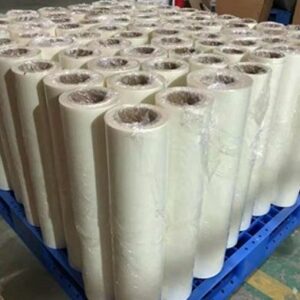
- Design charge: For customized designs, you can impose a design charge to the total cost per shirt. Depending on the design’s intricacy and the time needed to construct it, this charge may change. A charge of $5 to $15 could be fair for a simple design. A larger price could be required for designs that are more intricate.
- Quantity discounts: Ordering more shirts helps decrease the cost per shirt. According on the cost of materials and any design costs, a bulk order of 100 shirts, for instance, can have a base price of $2 per shirt and an overall price ranging from $3 to $5 per shirt.
- Rush Order Fees: For quicker turnaround times, you can expect a rush order charge. This cost may change based on how long it takes to finish the order and how intricate the design is.
Use our DTF prints calculator here.
How much should I charge per print?
Depending on the area and level of competition, the cost per print in the DTF printing market might vary, but generally speaking, it falls between $3 and $8. Design intricacy, clothing type, and quantity printed may also affect pricing.
When figuring out the price per print, it is important to carefully consider all costs, including the cost of supplies, work, and any other fees. Offering package packages or quantity discounts might help draw clients and encourage larger purchases.
It’s crucial to remember that costs in the DTF printing industry might change in response to supply and demand and competition. We advise you to assess pricing tactics often to ensure profitability and competitiveness.
What ROI I can expect?
Depending on the location, level of competition, and market demand, a DTF printing company’s estimated return on investment might change. However, a well-run DTF printing company may often anticipate a ROI of 20–40% after the first year. As the company expands and solidifies itself, this may rise over time.
What are the wholesale DTF printing prices?
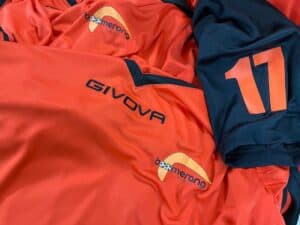
Prices for wholesale Direct-to-Film (DTF) printing can differ based on the particular printing business, quantity, and design complexity. In general, the price per print decreases when your clients purchase more shirts.
How much does it cost to print a DTF shirt as wholesale? The typical cost of wholesale DTF printing may be between $2 and $6 per print, with certain businesses providing discounts for bigger orders. Final pricing might also depend on the garment type, design size, and intricacy.
What is the average DTF print cost?
A single DTF print may cost anywhere from $1.50 and $5.00 on average, with certain prints costing more based on the aforementioned parameters. Larger print runs, however, may result in lower cost per print as economies of scale take effect.
DTF printing is a cost-effective for small to medium print runs, but equipment, ink, film, and other consumables must be considered. Equipment maintenance also impacts cost.
Conclusion | DTF Pricing per Shirt
In conclusion, beginning a DTF printing company may be a profitable endeavor, but it’s critical to comprehend the variables that affect the price of each shirt. Companies can establish competitive and profitable rates by precisely assessing supplies, labor, and other expenses.
The basic price should include the cost of materials, such as film and adhesive, and printer maintenance. Depending on the design’s complexity, you can apply design fees. By taking all of these things into account, companies can give high-quality custom clothing at a fair price, which will lead to their success and growth.
FAQs
The amount of prints asked for, the size and intricacy of the design, the kind of garment being printed on, the kind of ink and film used, and any extra services like design or shipping costs, all affect the price of DTF printing.
Yes, depending on the size and intricacy of the design, the price of DTF printing can change. The cost of printing can rise as a result of larger or more intricate patterns requiring more ink and film.
Yes, purchasing extra DTF prints is more economical. Larger purchases qualify for bulk discounts from printing businesses, which lowers the price per shirt.
Yes, firms should include in any supplementary expenses like design services or delivery charges when determining the price of DTF prints. Depending on the individual printing firm or service utilized, these fees may change.
Yes, there can be extra charges for urgent orders or color matching or setup fees related with DTF printing. Before settling on a price, businesses should discuss these fees with the printing firm.

Ashley Wang is a skilled sales manager with knowledge in DTF printing. She presently works for ShenLan Digital, a reputable DTF printer maker. Ashley is the best person to offer advice on selecting the most suitable DTF printer because she has tested a lot of them. She launched DTFPrinterSchool to educate individuals and organizations about DTF printing technology, providing her expertise and observations on the most recent advancements in the sector. Ashley is an invaluable resource for businesses and individuals wishing to invest in DTF printing technology because of her expertise and experience in the industry.
